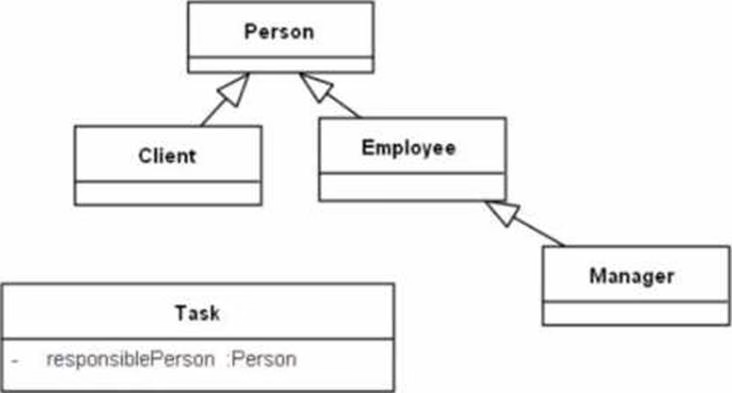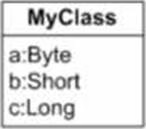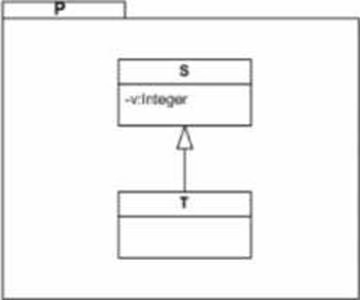OMG OMG-OCUP2-FOUND100 OMG Certified UML Professional 2 (OCUP 2) – Foundation Level Online Training
OMG OMG-OCUP2-FOUND100 Online Training
The questions for OMG-OCUP2-FOUND100 were last updated at Dec 19,2025.
- Exam Code: OMG-OCUP2-FOUND100
- Exam Name: OMG Certified UML Professional 2 (OCUP 2) - Foundation Level
- Certification Provider: OMG
- Latest update: Dec 19,2025
What is a reason to have all the UML diagrams of a model have the same amount of detail?
- A . This is typically required by management for planning purposes
- B . This is typically required by the implementers for coding purposes
- C . This is typically required by the system engineers to write requirements.
- D . This is typically required by tools that automatically transform the model.
Which statement characterizes a valuable model?
- A . A simple model that is useful has value.
- B . The value of a model is directly related to its complexity.
- C . A model must be "right" in an engineering sense to have value.
- D . The value of a model is always based on its ability to predict system behavior.
What is an advantage of modeling as a part of the software analysis and design process?
- A . It reduces the risk of inconsistent or improper implementations.
- B . It reduces the risk of incorporating technology constraints into a design.
- C . It reduces the risk of using an incorrect or improper programming language.
- D . It reduces the risk of the solution being strongly related to business practices.
Consider the following class diagram:

Which statement is true about the class diagram?
- A . The preferred age to open a bank account is 18 years old or older
- B . Only customers who are 18 years old or older can open a bank account.
- C . The age condition should only hold when the setAge(Integer) function is called
- D . An object of Customer with age set to 18 or greater will raise an exception.
Consider the following diagram:

Which statement is correct according to the diagram?
- A . responsiblePerson inherits from Person.
- B . Client and Manager have nothing in common.
- C . responsiblePerson can not refer to an object of class Client.
- D . The object referred to as responsiblePerson can be a Manager.
In the context of a UML model designed to capture the elements of a real-world business enterprise, the class Employee appears in the fragment of a class diagram as shown below:
![]()
Which actual entity does this element represent?
- A . An employee of the company
- B . The set of all employees of the company
- C . An anonymous employee of the company
- D . A diagram of an employee of the company
In UML modeling, what is a Constraint?
- A . a condition that must be satisfied when it is evaluated
- B . a condition that should be met depending on system operation
- C . a condition that causes the state of the objects to change over time
- D . a condition that constrains what can or cannot be put in a class diagram
Suppose you are using a programming language that knows the following basic types: byte, short, and long.
Which diagram defines them:
A)
![]()
B)
![]()
C)

D)
![]()
- A . Option A
- B . Option B
- C . Option C
- D . Option D
Consider the following model

Where is v visible?
- A . Only inside S
- B . Only inside T
- C . Only inside S and T
- D . Inside the whole P
What is the key difference between DataTypes and Classes?
- A . Classes can have operations that show that a class reacts to invocations sent by other classes DataTypes do not have this feature.
- B . DataTypes can only be very simple structures with attributes that are Datatypes as well, whereas Classes can be of arbitrary complexity.
- C . Two instances of a Datatype are considered to be equal when all their attributes have the same values, unlike instances of classes.
- D . Classes can inherit attributes, operations and other features of their super classes. DataTypes can only get instantiated.
Latest OMG-OCUP2-FOUND100 Dumps Valid Version with 270 Q&As
Latest And Valid Q&A | Instant Download | Once Fail, Full Refund

